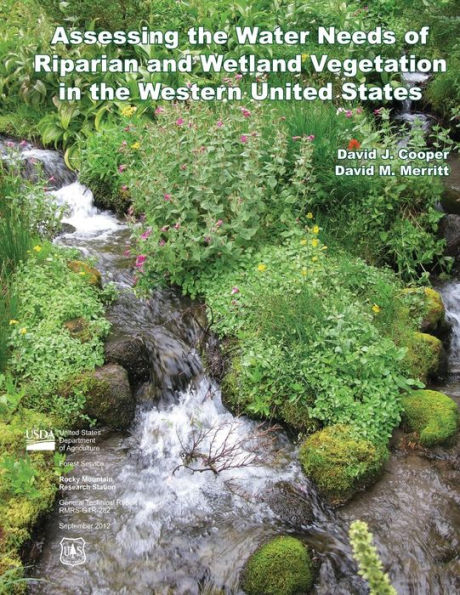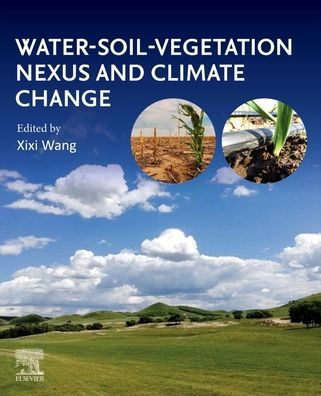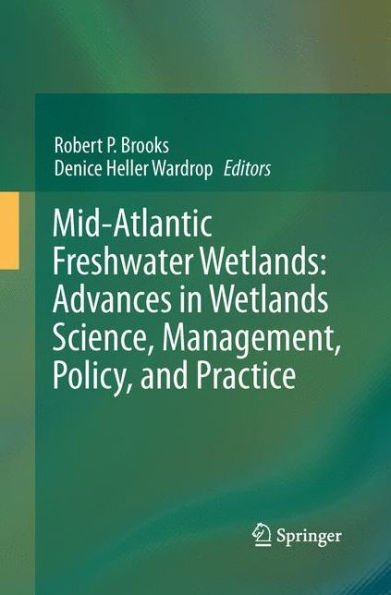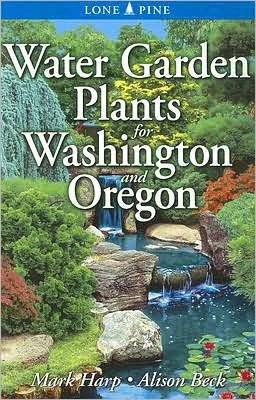Home
Assessing the Water Needs of Riparian and Wetland Vegetation in the Western United States
Barnes and Noble
Assessing the Water Needs of Riparian and Wetland Vegetation in the Western United States
Current price: $19.99


Barnes and Noble
Assessing the Water Needs of Riparian and Wetland Vegetation in the Western United States
Current price: $19.99
Size: OS
Loading Inventory...
*Product information may vary - to confirm product availability, pricing, shipping and return information please contact Barnes and Noble
Wetland and riparian ecosystems comprise a very small percentage of the western US land area, yet provide important economic and ecological functions. Wetlands provide important habitat for many species of animals, particularly amphibians, birds, and mammals; are local and regional centers for biodiversity; and provide biogeochemical, physical, and ecological processes that maintain water quality flood attenuation, forage production for livestock, watershed hydrologic functioning, stream and lakeside stability, and a range of other valuable ecosystem services. As the ecological importance of wetland and riparian ecosystems has become better understood, laws and regulations have been promulgated toward ecosystem conservation and management. However, many wetland and riparian ecosystems in the US have been damaged or destroyed by anthropogenic activities, including drainage for agriculture, dewatering and altered flow regimes by dams and reservoirs and groundwater pumping, stream water diversions, filling, gravel mining, and other activities. Of growing concern is the increasing human demand for water, particularly in arid and semiarid regions of the West. This demand is intensifying the pressure on rivers and their adjacent riparian areas, wetlands, and groundwater systems and is threatening the functioning and long-term viability of these areas. This report focuses on providing tools for examining linkages between surface water, groundwater, and wetland and riparian vegetation. Such tools will enable managers to quantify the costs and benefits of various activities associated with water, land, and river management as well as to examine the physical and biological responses of freshwater ecosystems to factors associated with climate change. This document will provide guidance to land managers, research scientists, and others tasked with understanding the hydrologic interrelationships between riverine and wetland ecosystems, groundwater, climate, land uses, and stressors. This work begins with a classification and description of major wetland types in the western US. The authors then examine factors that influence hydrologic regime in wetlands and rivers, followed by a primer on plant-water relations, plant physiology, and plant and vegetation measurement techniques. Approaches to experimental design and techniques for measuring surface and groundwater are presented along with methods of gathering, processing, and analyzing data from such studies and linking attributes of wetland and riparian vegetation to hydrologic processes. Several case studies and examples of applications of the tools and methods are presented here to systems in the western US. Thought the guide is tailored to the range of wetland and riparian system types in the western US, the basic principles and methods presented apply to other regions as well.









